The play of light on Britain’s countryside: ‘This is the light Debussy knew in Clair de Lune, the light that lets the poetry through’
Jay Griffiths bathes in the warm glow of the early-morning sun and delights in the cool calm of twilight–all the while reflecting on how light dances with and enhances our landscape.
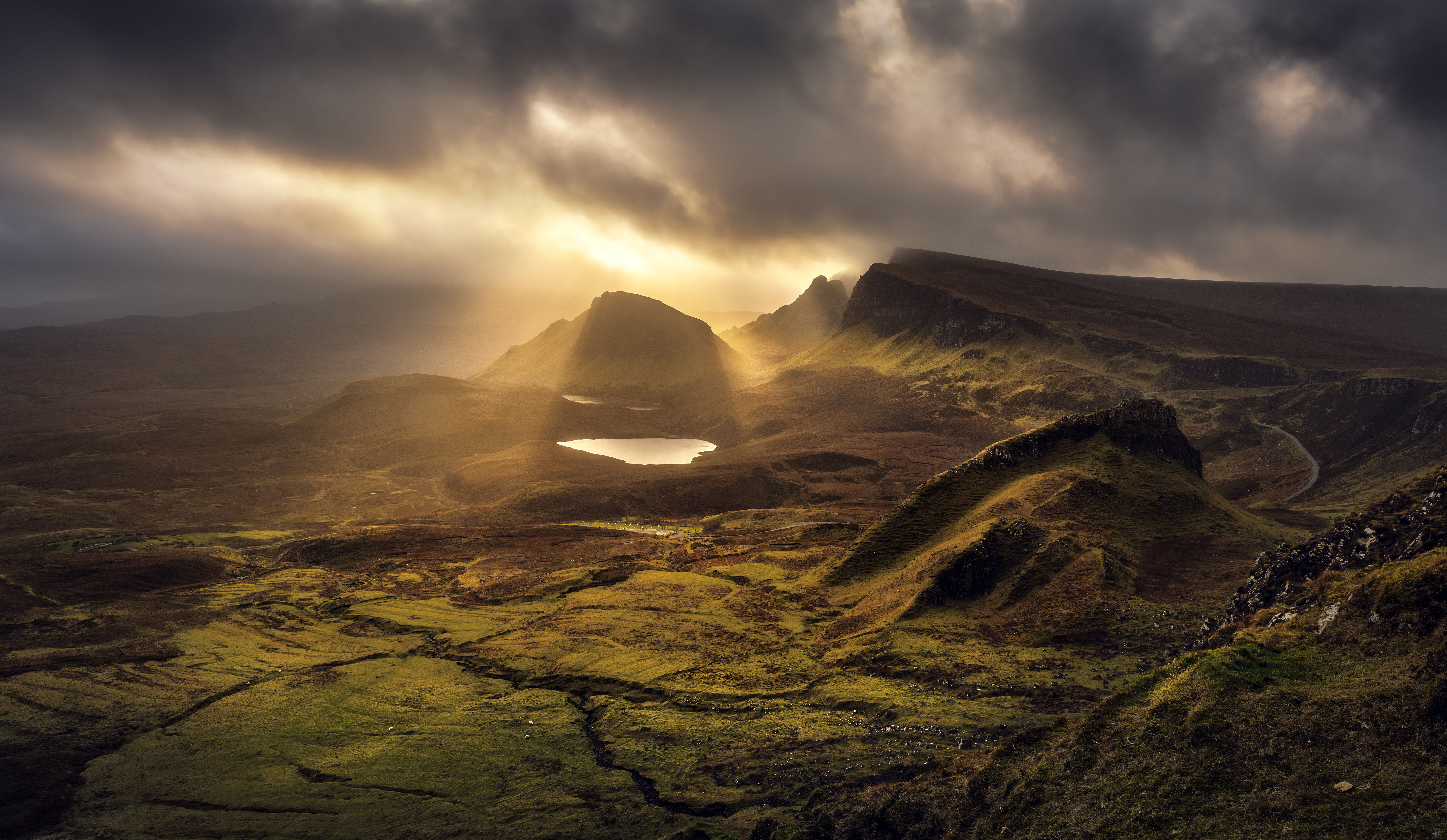

Jay Griffiths bathes in the warm glow of the early-morning sun and delights in the cool calm of twilight–all the while reflecting on how light dances with and enhances our landscape
If you sleep out in the hills, everything seems huddled close to you in the night, heavy with nearness. At dawn, however, light gives largeness, space and breath. Silvers and chalks lift to greys, then ivories. Early light gives more than light – it gives colours and tints. It gives definition, marking contours and valleys. At dawn, as Alice Oswald writes, the thistle becomes ‘certain of its spikes’.
'All the world plays call and response with the sun, heliotropes the emblem of this turning love'
In the dawning of the year, the sun has more authority and landscapes grow luminescent, the green of the horse chestnut lifting its leaves like the very skirts of spring. Bluebells are luminous and beech leaves viridescent for every speck of light as chlorophyll takes light and makes the music of life, sung in the green and growing season.

Light changes everything. All the world plays call and response with the sun, heliotropes the emblem of this turning love. Morning glories and daisies open and close with the light that opens an entire landscape and closes it, revealing and hiding.
'Light is how we think'
All light’s effects are dependent on time. Many people know that urge to photograph a landscape or a tree over the varied light of different seasons, reflecting its altering moods, the white light of spring equinoxor the gold of autumn, as Richard Powers, in The Overstory, narrates this motif over generations.
Light dances with landscape: shafts of sunlight cartwheeling through branches, the play of light dappling a woodland clearing. Light has its special-effects department: the shimmering Aurora Borealis, the illumination of a rainbow, the flash of lightning, the sudden refulgence of a sun dog or the haunting light of a brocken spectre. Just naming them lights up the landscape of the mind—light is how we think.
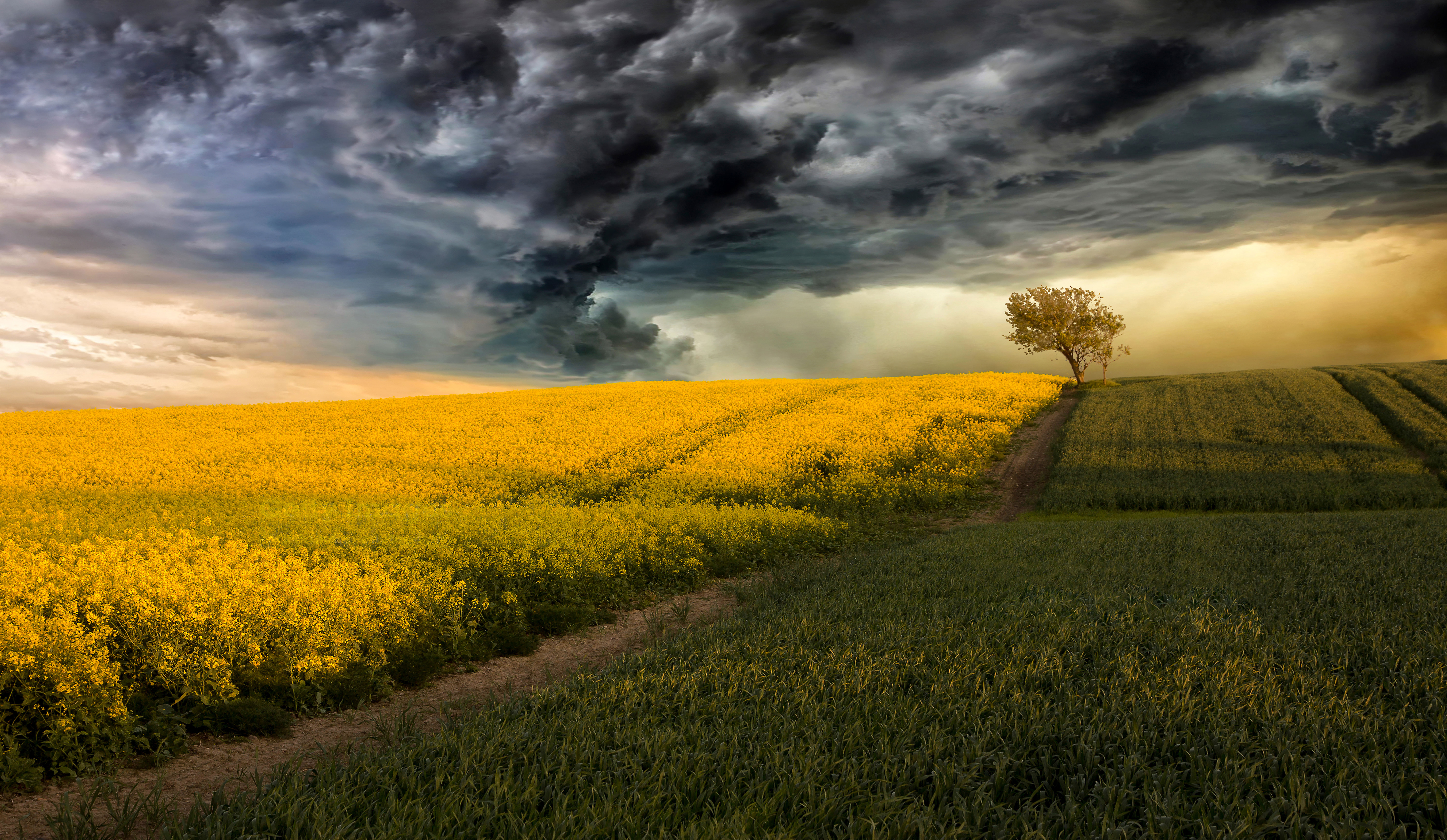
An unclouded radiant noon can be exhilarating, yet, at full glare, it can also be the deadening glare of Albert Camus’s L’Étranger. Noon light represents logic-light in absolute clarity, an exactness of light and thought. Light sits flat on things at midday, leaving nothing to the imagination, no penumbra, no uncertainty. Is noon the least-prayed hour?
Sign up for the Country Life Newsletter
Exquisite houses, the beauty of Nature, and how to get the most from your life, straight to your inbox.
‘Total eclipse! No sun, no moon!/All dark amidst the blaze of noon!’
The lustre of summer light delights us and, in the summertime, the living is easy: act gladly in the summer’s warm and generous light as the days lengthen, stretching and languorous, filling us with a sense of plenty, right up to the brim of solstice as the sun stands in its fullness beaming ‘the top of the day to you’ and the top of the year, a Samson in his full strength.
Samson means ‘man of the sun’ and in Handel’s oratorio of the same name, he compares his blindness to an eclipse: ‘Total eclipse! No sun, no moon!/All dark amidst the blaze of noon!’
In the Pyrenees in 1999, I experienced the solar eclipse, feeling the visceral terror of this unnatural dark. The birds were silenced; no crickets chirped. The cold, in seconds, chilled my spirit. I felt the fearful vulnerability of being a prey creature in the dark, powerless.
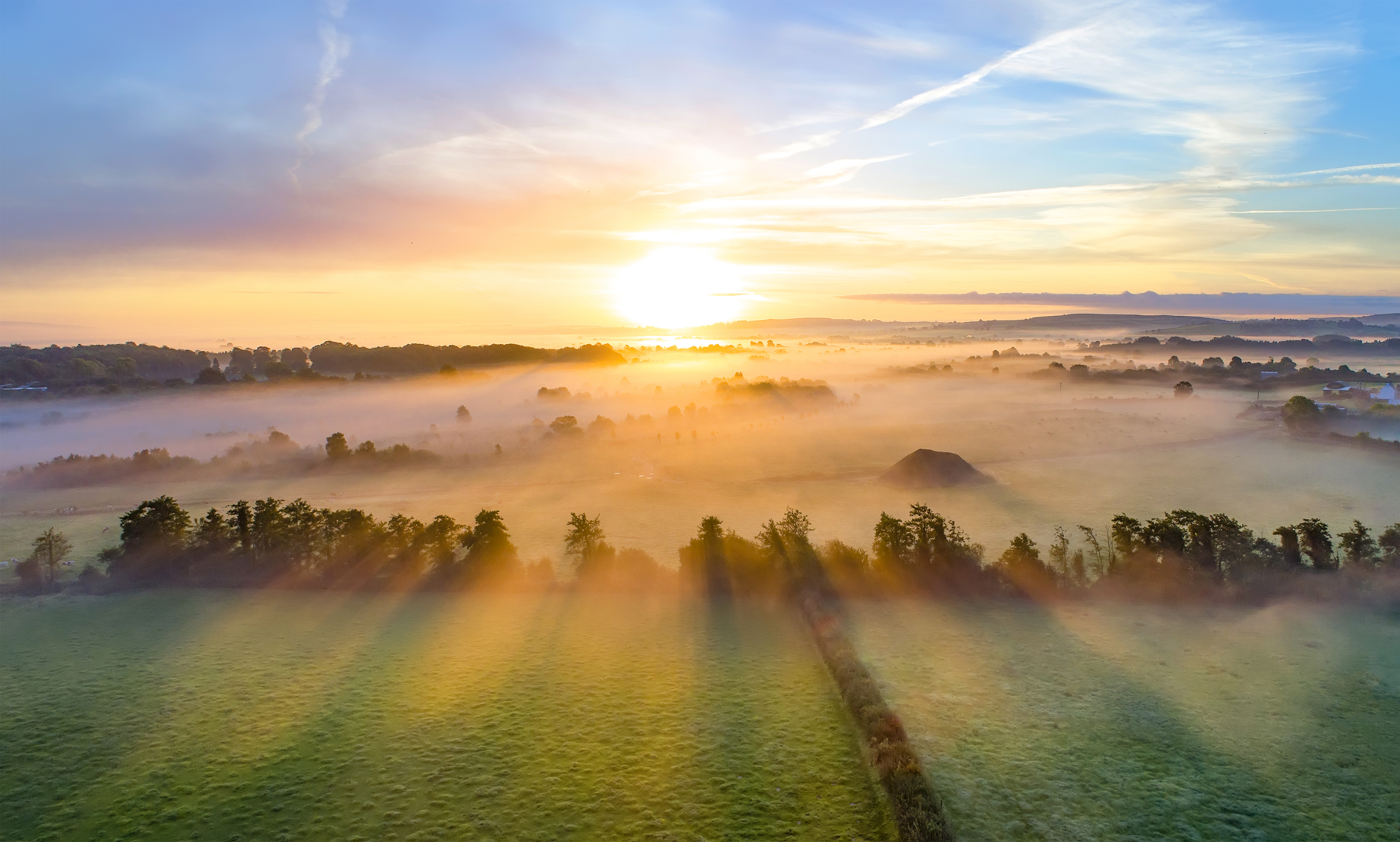
Once a matter of physical survival, light and power are tightly linked as a matter of mind. Humanity, exerting its power over Nature, can disregard an eclipse at the flick of a switch, can spread an urban skyglow across the land, out-shining natural moon with the glare of artificial brightness, colonising the night. Darkness, like quietness, is fragile and easily disturbed and light pollution is hard to mitigate.
'The owl of Minerva begins to fly only at dusk'
There’s more. Post ‘Enlightenment’ modernity privileges certain kinds of light. Minds that are intelligent are bright and those less so are dim. We praise the brilliance, clarity and lucidity of ideas and disdain foggy or hazy thinking or a lacklustre (literally, light-lacking) spirit. The words murky, dingy or gloomy carry a stigma of lightlessness.
There’s a kind of light pollution applied to the mind. Noon-thinking is simple binary: ‘shade versus sun’ is a black-or-white argument. However, it was not ever thus. ‘The owl of Minerva begins to fly only at dusk,’ wrote Hegel: wisdom comes at the end of the day with the enigmatic and suggestive time of evening.
Twilight-thinking has other values. There’s mystery in the penumbra, prayer in the hour of Vespers, love in the trysts of twilight. In The Last of the Light, Peter Davidson notes how the ‘blue hour’ is ‘beloved of nineteenth-century French writers and painters’.
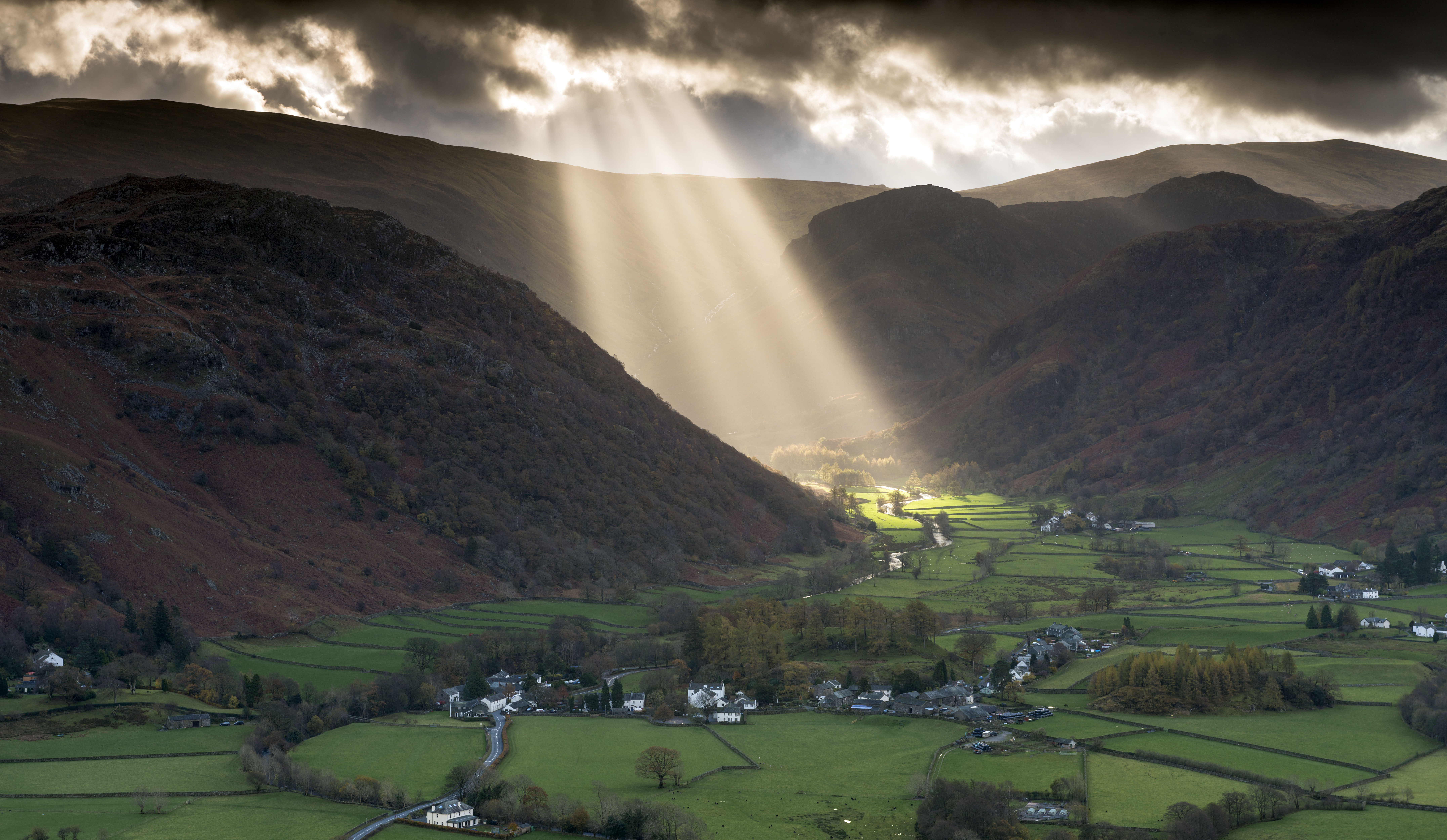
Twilight’s names—the dimpsy, the gloaming, the cockshut hour – are as atmospheric as ‘noon’ is not and twilight invites the penumbra-mind, seeking the dusky nuance of shades of grey. It is ‘tranquillity shot through with sorrow,’ according to Victor Hugo. Different modalities of light evoke different modalities of mind and twilight wonders and questions things, unsure and estranged from the solar certainty of noon.
‘"The tawniness is indistinct,"’ wrote Richard Jefferies, "it haunts the sunshine, and is not to be fixed."’
Virgil is said to have ‘discovered evening’ as Keats rediscovered autumn, creating the atmosphere of the turning points of the day and year. Autumn feeds us with its honeylight, the nut-brown months, the auburn light of harvest time, full and heavy with plenty. ‘The tawniness is indistinct,’ wrote Richard Jefferies, ‘it haunts the sunshine, and is not to be fixed.’
In this season of mists, light has a love affair with water, not only in lakes and rivers and seas, but the tiniest dewdrop on grass or gossamer or steam rising from cold, wet rock. Mist makes a theatre of the landscape, picking out a mountaintop for a few seconds, then letting fall the curtain. A crow in the mist, heard once, but unseen, suddenly hops into view, then is invisible again.

If mist asks questions, clouds state. They impose. It’s a kind of heaven to walk high in the hills, beneath you only clouds, but, more often, we stand with Walt Whitman, underneath the ‘ravening clouds, the burial clouds, in black masses spreading’.
The contemporary painter Richard Whadcock paints the effects of light on land, water and air with ethereal translucence. His work is painting, but its effect is music, creating troubling chords from the music of the mind. He paints the poignant stillness where pain and hope meet, like an inheld breath until light and water and air are one with the viewer, breathtaken in an evaporation of the self.
'This is the light Debussy knew in Clair de Lune, the light that lets the poetry through'
Caspar David Friedrich portrays this pellucid veiled world in, for example, The Wanderer above the Sea of Fog, seeking the imperceptible. Turner’s light is resonant and in his chiaroscuro Fishermen at Sea, the full moon turns night to day for a brilliant second, before the black clouds turn the skies dark again.
On Plynlimon once, I stood alone at midnight and there was nothing for miles except me and the full moon, which had risen at ‘throo leet’, at sunset, and would set when the sun rose in the beautiful symmetry of the skies. This is the light Debussy knew in Clair de Lune, the light that lets the poetry through.

Lorca writes: ‘When the moon sails out/with a hundred faces all the same,/the coins made of silver/break out in sobs in the pocket.’ His is a weeping moon symbolising death or grief, but for him – as for many poets – the lunar sensibility is a peripheral vision that seeks interior light, intuitive, metaphoric and lyric.
‘A dreamer is one who can only find his way by moonlight, and his punishment is that he sees the dawn before the rest of the world,’ according to Wilde.
'In winter, sleep, perchance to dream'
Sunlight in winter is an exact treasure, the diadem light, and, in the brief brilliance of sun, frost jewels the land. At winter solstice, daylight is at its narrowest, the tightened and anxious shortest of days. Although winter lightlessness affects moods negatively in seasonal affective disorder, there is also a polar opposite in the richness of a different kind of thinking.
This is the storytellers’ season, telling the winter’s tale by firelight in the dark months, the time of the year’s dreams: a necessary dark. ‘A man must dream a long time in order to act with grandeur, and dreaming is nursed in darkness,’ wrote Jean Genet.
In winter, sleep, perchance to dream.
In the deep turning time, dreams create light that emanates from within, the invisible but ungainsayable light that breaks into the dawn of significance.
Inlit with insight, Roethke writes: ‘In a dark time, the eye begins to see.’ So the mind’s light is crescent, first learning from a lucent world, then shadowing it faithfully.
Country Life is unlike any other magazine: the only glossy weekly on the newsstand and the only magazine that has been guest-edited by HRH The King not once, but twice. It is a celebration of modern rural life and all its diverse joys and pleasures — that was first published in Queen Victoria's Diamond Jubilee year. Our eclectic mixture of witty and informative content — from the most up-to-date property news and commentary and a coveted glimpse inside some of the UK's best houses and gardens, to gardening, the arts and interior design, written by experts in their field — still cannot be found in print or online, anywhere else.
-
 Ford Focus ST: So long, and thanks for all the fun
Ford Focus ST: So long, and thanks for all the funFrom November, the Ford Focus will be no more. We say goodbye to the ultimate boy racer.
By Matthew MacConnell
-
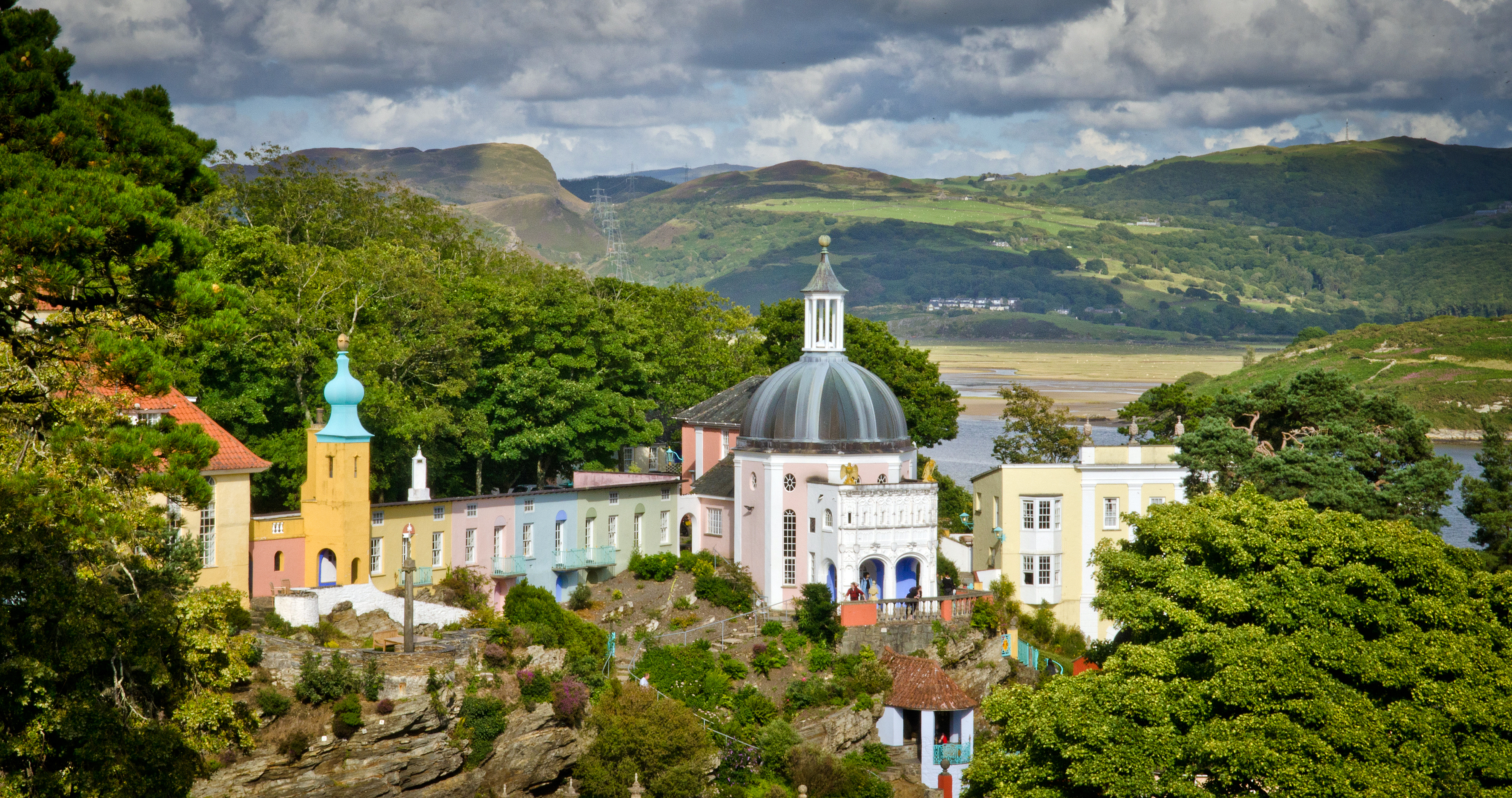 ‘If Portmeirion began life as an oddity, it has evolved into something of a phenomenon’: Celebrating a century of Britain’s most eccentric village
‘If Portmeirion began life as an oddity, it has evolved into something of a phenomenon’: Celebrating a century of Britain’s most eccentric villageA romantic experiment surrounded by the natural majesty of North Wales, Portmeirion began life as an oddity, but has evolved into an architectural phenomenon kept alive by dedication.
By Ben Lerwill
-
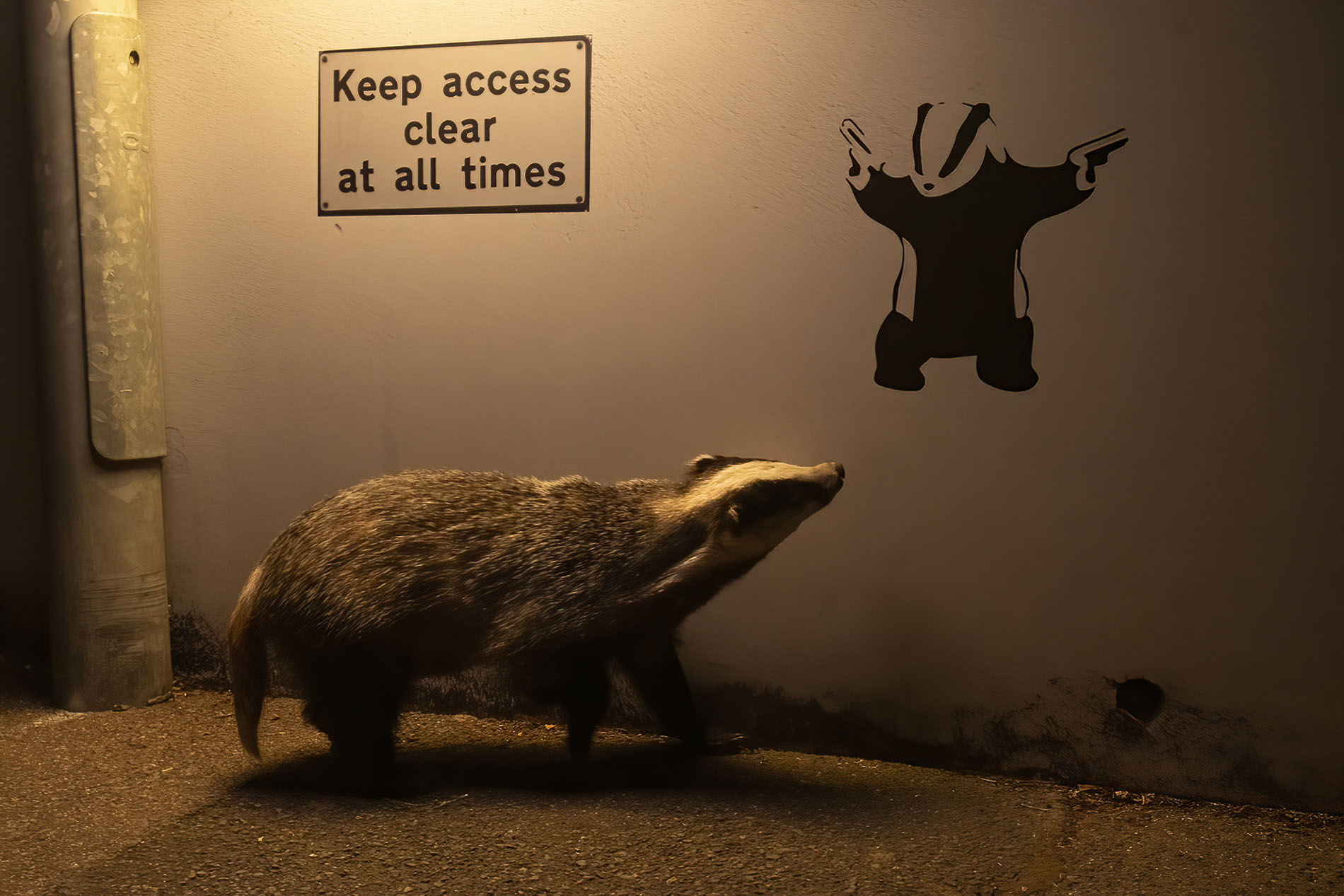 Dawn Chorus: Gangster badgers, at home with Sienna Miller, and a fresh slap in the face for first-time buyers
Dawn Chorus: Gangster badgers, at home with Sienna Miller, and a fresh slap in the face for first-time buyersFriday's Dawn Chorus looks at a badger gan
By Toby Keel
-
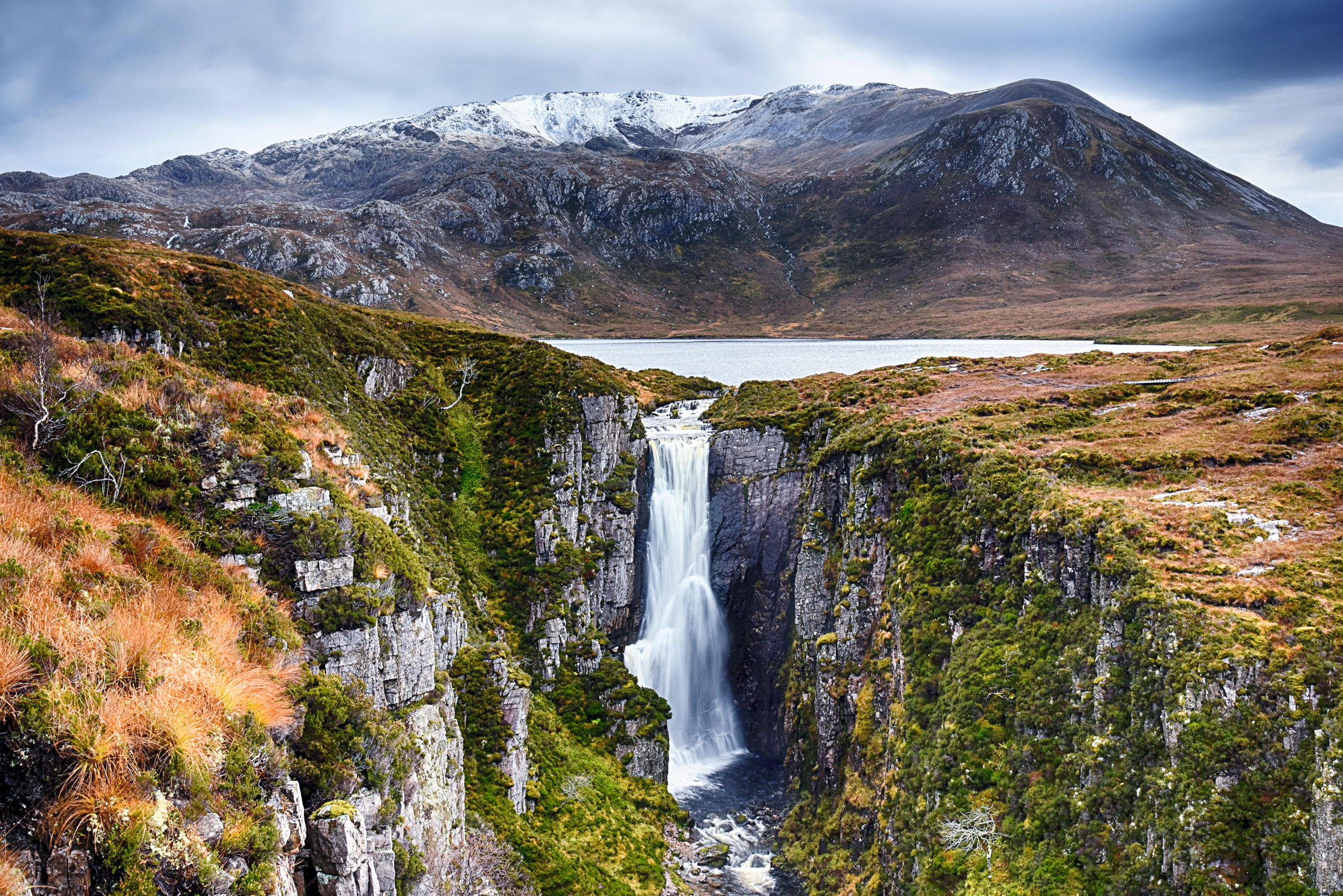 Six of the most beautiful waterfalls in Britain, from Devon to the Isle of Skye
Six of the most beautiful waterfalls in Britain, from Devon to the Isle of SkyeSurging, foaming, trickling, crashing, cascading or flowing, waterfalls paint the landscape with rainbow-scattered spray and misty plumes. Here, we celebrate these streaks of molten silver, from wild moor to woodland dell, as picked out by our picture editor Lucy Ford.
By Lucy Ford
-
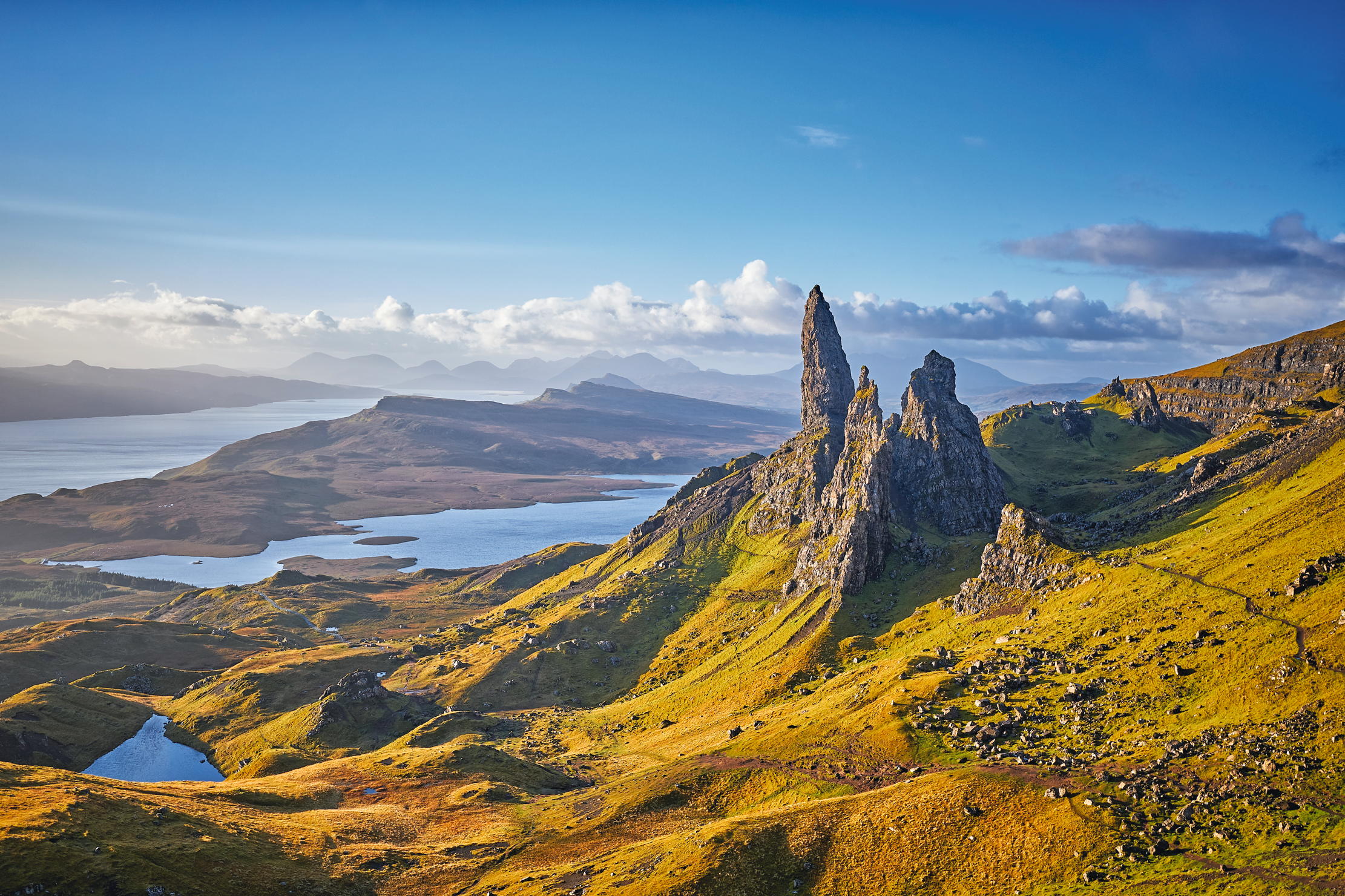 10 truly breathtaking images from Country Life to celebrate the landscapes and seasons of Britain
10 truly breathtaking images from Country Life to celebrate the landscapes and seasons of BritainTake a look at some of the great depictions of the seasons and landscapes of Britain, as celebrated in the new book 'Country Life: 125 Years of Countryside Living in Great Britain'.
By John Goodall
-
 The 25 stunning images shortlisted for Wildlife Photographer of the Year's People's Choice award
The 25 stunning images shortlisted for Wildlife Photographer of the Year's People's Choice awardVoting is now open for the Wildlife Photographer of the Year's People's Choice award — take a look at all 25 shortlisted images.
By Toby Keel
-
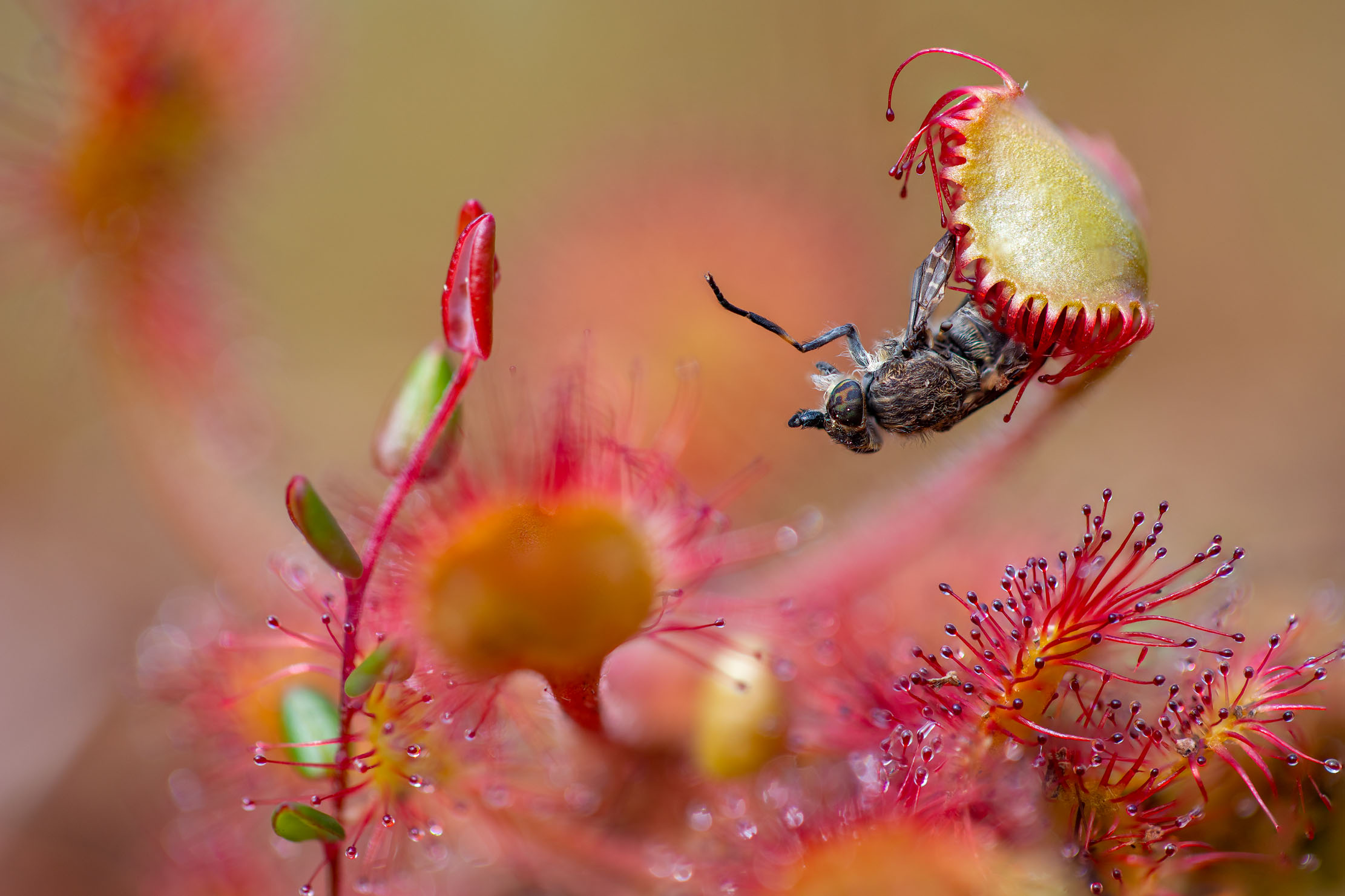 15 of the most incredible pictures from the 2023 British Wildlife Photography Awards
15 of the most incredible pictures from the 2023 British Wildlife Photography AwardsNature’s fierce beauty emerges forcefully from the 2023 British Wildlife Photography Awards. Our Picture Editor Lucy Ford has the pick of the best shots, from a somnolent fox to a hungry buzzard.
By Lucy Ford
-
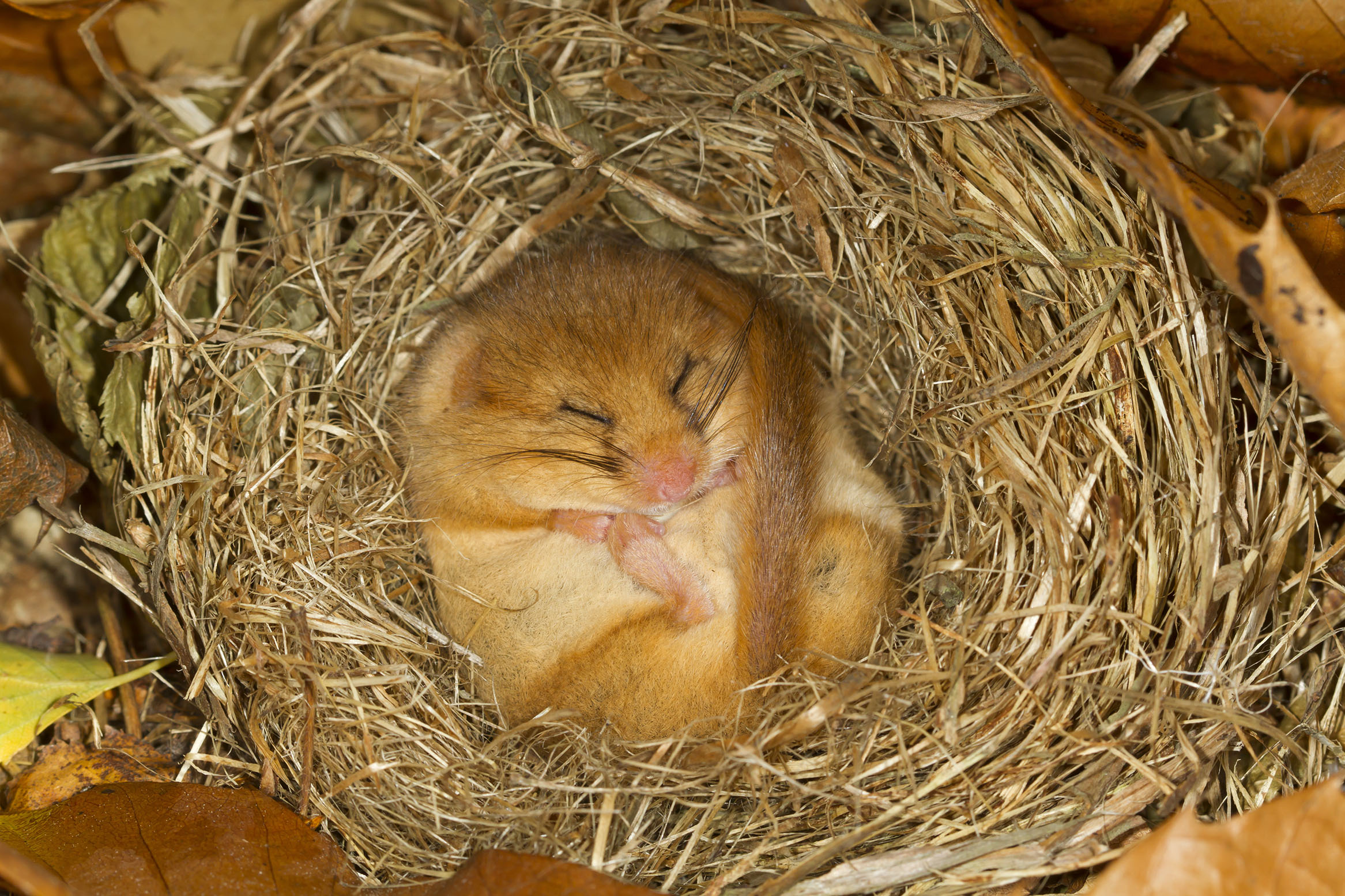 Country Life's best Instagram posts of 2022
Country Life's best Instagram posts of 2022Our Instagram feed @countrylifemagazine has proven enormously popular over the years, and it's a real joy finding the best images to share with you.
By Toby Keel
-
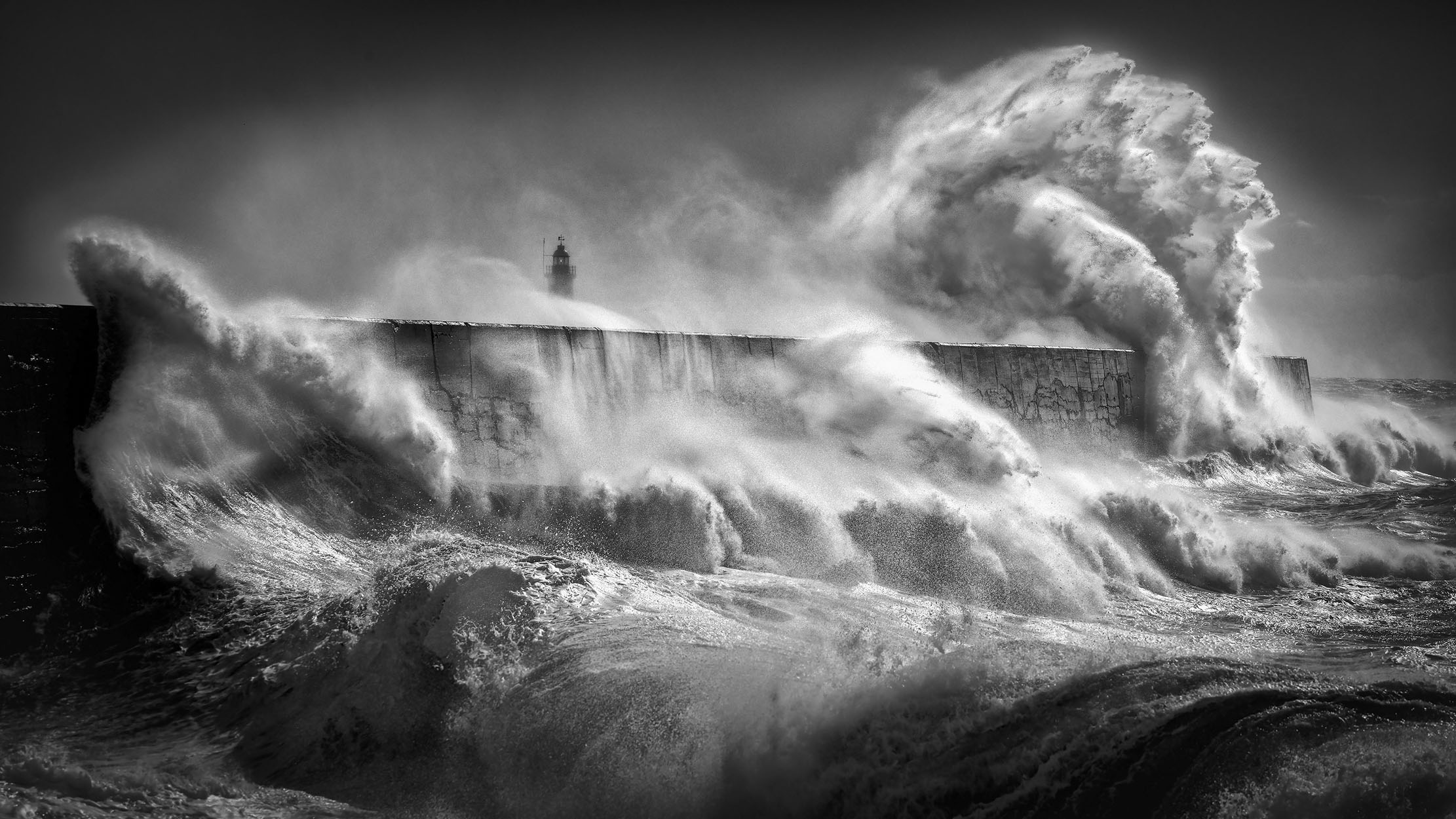 Landscape Photographer of the Year 2022: The best pictures, as chosen by our picture editor
Landscape Photographer of the Year 2022: The best pictures, as chosen by our picture editorCountry Life picture editor Lucy Ford chooses her very favourites from the astonishing images of nature in the 2022 Landscape Photographer of the Year competition.
By Lucy Ford
-
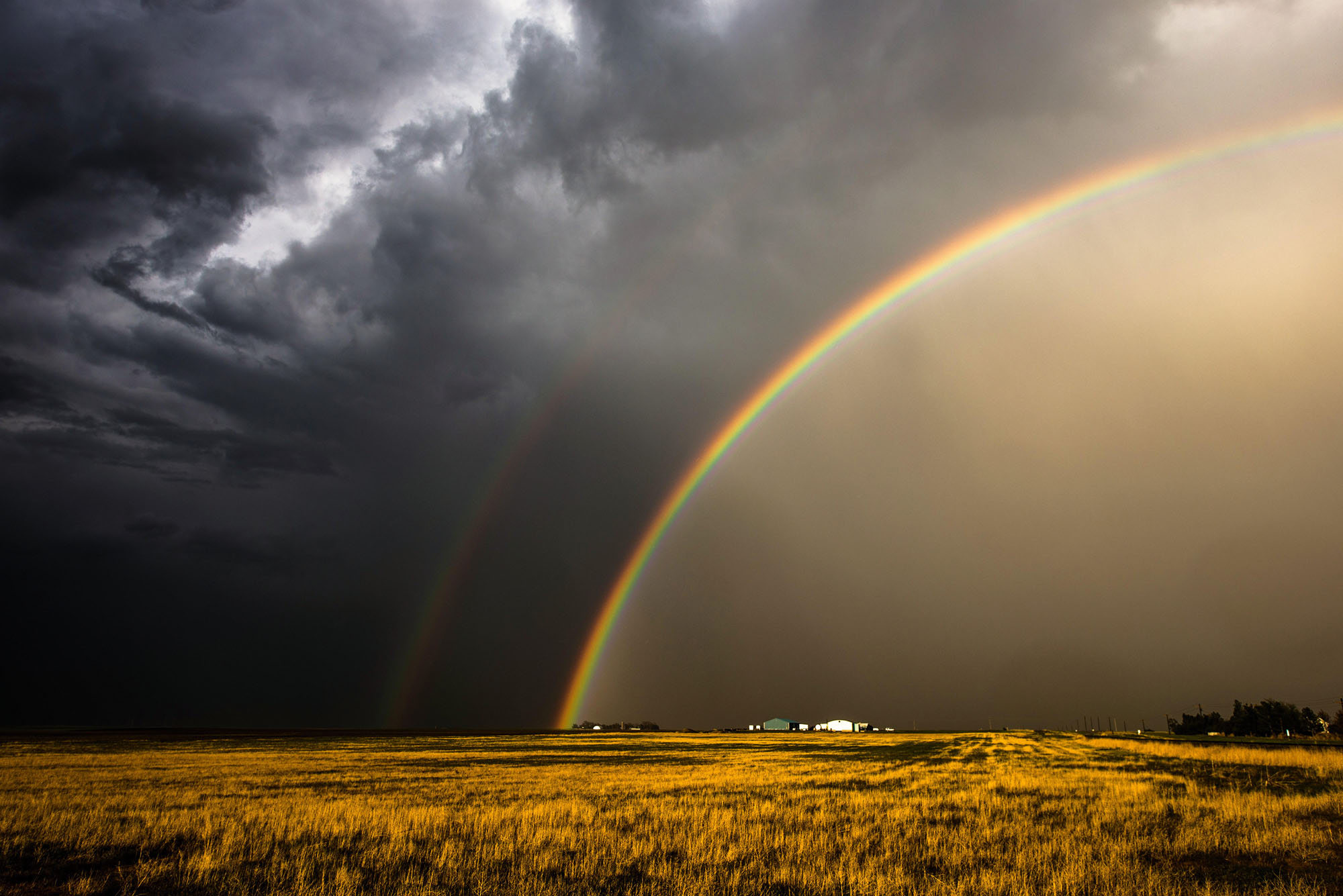 12 of the world's most extraordinary and beautiful weather phenomena — and what makes them happen
12 of the world's most extraordinary and beautiful weather phenomena — and what makes them happenWe can all identify bolts of lightning, rainbows and stormy skies, but what of some of the earth’s more unusual and most spectacular weather phenomena? Here, photographers explain the science behind their astounding images in an extract from ‘Royal Meteorological Society: Weather A–Z’.
By Country Life